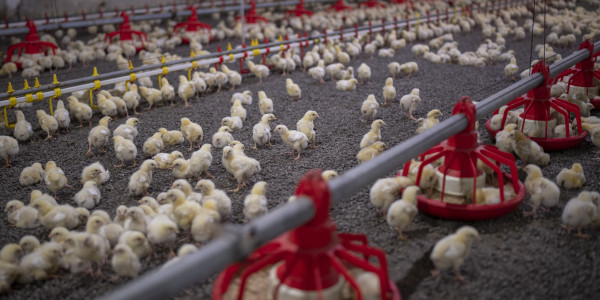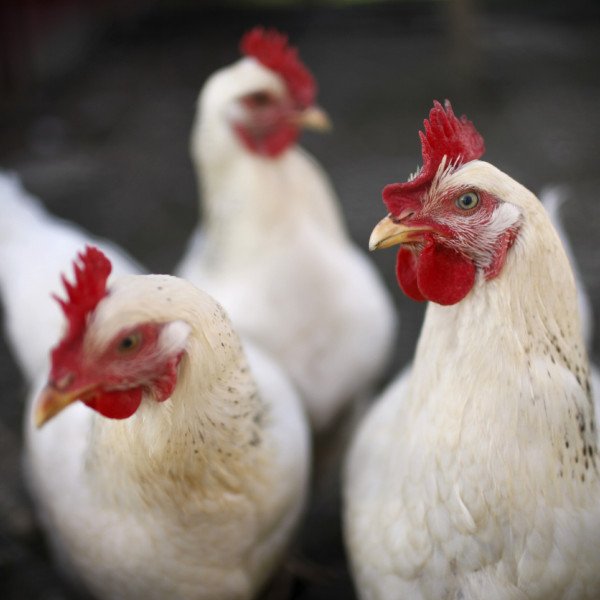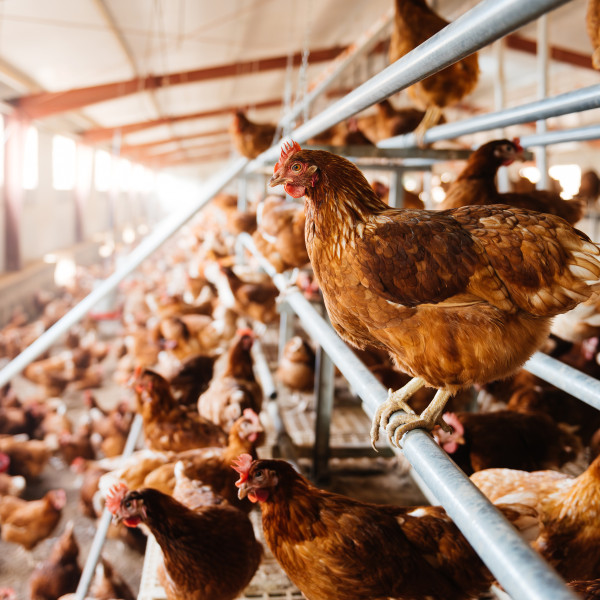
Validating AME values of U.S. No. 2 grain sorghum for broilers
Project Summary:
Project: Validation of Apparent Metabolizable Energy (AME) Values of Selected U.S. No. 2 Grain Sorghum for Feeding Commercial Broilers Chickens.
The project was conducted at Clemson University during project years (2022-2023) to enhance the marketing opportunities for grain sorghum varieties through a better understanding of the nutritional benefits for use in poultry production enterprises.
Project Sponsor: United Sorghum Checkoff Program
The project aimed to validate the apparent metabolizable energy (AME) value of U.S. No. 2 grain sorghum for use in commercial broiler chicken feed.
The research focused on the following primary objectives:
- Determine the effect of grain sorghum-based diets on the performance of broiler chickens.
- Determine the effect of sorghum-based diets with phytase superdosing on the performance of broiler chickens.
Key Findings:
- U.S. grain sorghum performed comparably to corn: Broiler chickens fed tannin-free U.S. grain sorghum-based diets showed similar growth performance and feed efficiency compared to those fed corn-based diets.
- Phytase superdosing showed potential: While not statistically significant, birds fed U.S. grain sorghum-based diets with a higher dose of phytase (superdosing) tended to have better early growth performance. This suggests potential benefits but requires further investigation.
- Accurate nutrient analysis is crucial: Effective formulation of broiler diets requires precise knowledge of the nutrient content of grains, micro-ingredients and additives.
The nutritional information generated from this research provides the producer/nutritionist with valuable information for designing diets containing sorghum in replacement of corn without affecting performance. This represents a positive step towards the acceptance of grain sorghum as an alternative to corn in the U.S., helping to motivate more poultry integrators to include grain sorghum or increase inclusion rates that were already in use. This will provide poultry producers with an additional source of energy for production, allowing flexibility from season to season as corn prices fluctuate.



